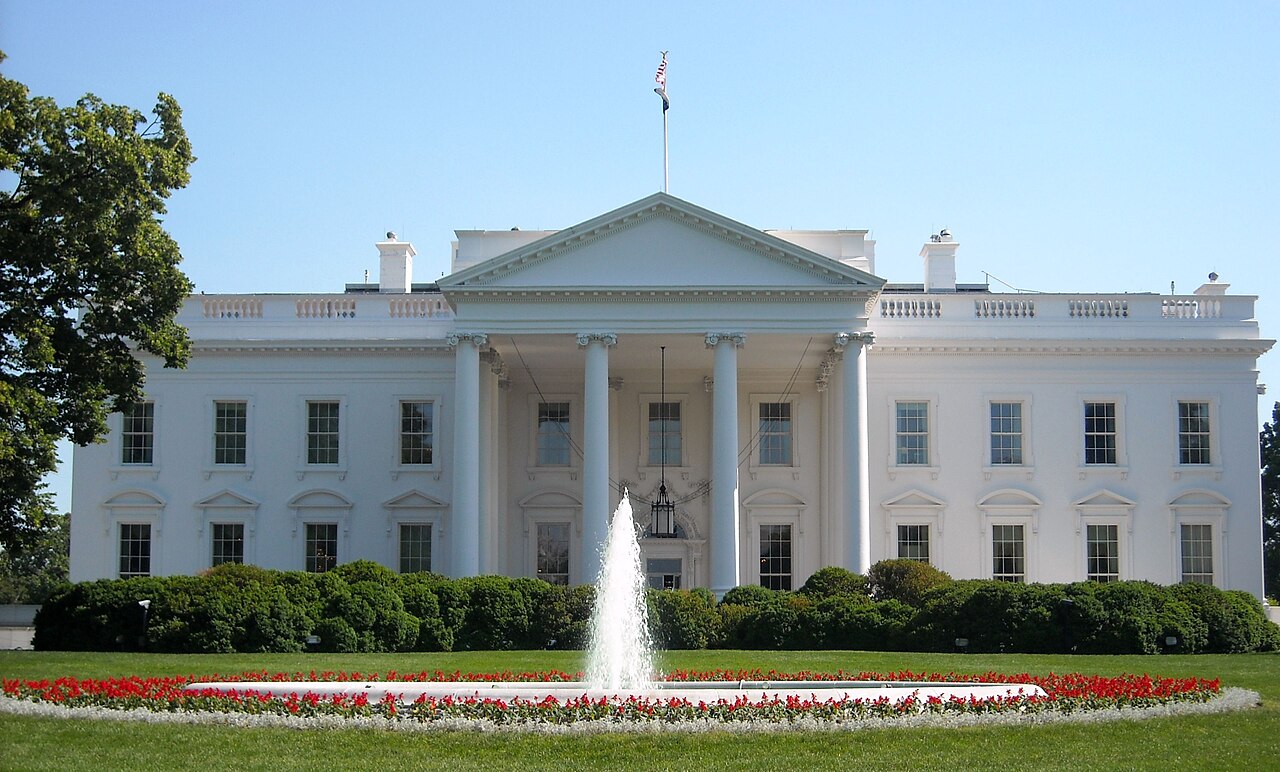The political landscape and economic outlook in the United States continue to evolve. Recent developments include President Trump’s stance on budget plans, economic indicators, and industry trends.
Trump Backs House Approach to Budget Plans
President Trump has endorsed the House’s strategy for implementing his legislative priorities. This approach addresses border funding and tax cuts in a single comprehensive bill.
Trump’s endorsement marks a shift from his previous stance of neutrality on the process. He now advocates for a “ONE BIG BEAUTIFUL BILL” to address his America First agenda.
The House’s plan includes provisions for border security funding and extensions of Trump-era tax cuts. It also proposes additional tax reductions, such as eliminating tips, overtime, and Social Security taxes.
This approach contrasts with the Senate’s preference for a two-bill strategy. Senate leaders want to address military and border funding first, then revisit tax cuts later.
Trump’s backing may influence the ongoing debate between the two chambers and potentially sway negotiations as lawmakers work to finalize budget plans.
Economic Indicators and Market Trends
Recent economic data paints a mixed picture of the U.S. economy. Various indicators suggest both strengths and challenges in different sectors.
The NY Empire State Manufacturing Index showed a reading of -12.6, lower than expected. This suggests continued contraction in manufacturing activity in the New York region.
Housing market indicators present a more positive outlook. The NAHB Housing Market Index stood at 47, slightly higher than anticipated.
Inflation remains a key focus for policymakers and investors. Recent data shows a year-over-year inflation rate of 1.7% in Canada.
The U.S. job market continues to show resilience. Initial jobless claims came in at 213,000, lower than the expected 220,000.
Consumer sentiment data will be closely watched in the coming days. The Michigan Consumer Sentiment Index is expected to provide insights into consumer outlook.
Industry Trends and Corporate Developments
Various industries are experiencing significant developments and facing new challenges in the current economic environment.
Chemical Manufacturing Sector
Chemical manufacturers report rising cost pressures and weak demand, which has led to a decline in sentiment over the latter half of 2024.
The American Chemistry Council’s Economic Sentiment Index turned negative in Q4 2024, reflecting deteriorating business and economic conditions in the sector.
Chemical companies noted weakened customer demand and flattening growth for new orders. Both foreign and domestic orders saw declines.
Despite current challenges, manufacturers express cautious optimism about the year ahead. They expect demand to improve in the U.S. and modestly in key export markets.
Biotech and Pharmaceutical Industry
Moderna, a key player in the biotech sector, faces challenges but shows growth potential. The company’s stock traded at low levels in early 2025.
Despite reduced COVID-19 vaccine sales, Moderna has made significant progress in its product pipeline. The company secured two new approvals in 2024 and has three more pending for 2025.
Moderna expects up to ten more approvals within the next three years. This could drive revenue growth and eventual profitability.
The company’s business likely bottomed out in Q4 2024. A rebound is expected to begin soon, with acceleration projected into 2026.
Policy Developments and International Trade
Recent policy decisions and international trade developments continue to shape the economic landscape.
President Trump recently signed a memorandum outlining a plan for “fair and reciprocal” tariffs on U.S. trading partners. This move could have significant implications for international trade relations.
Implementing reciprocal tariffs aims to address perceived imbalances in trade agreements and reflects the administration’s ongoing focus on reshaping U.S. trade policy.
Details of the plan and its potential impact on specific industries are still emerging. Businesses and policymakers are closely monitoring developments in this area.
Housing Market and Mortgage Rates
The housing market remains a key sector of the U.S. economy. Recent data provides insights into current trends and regional variations.
Mortgage rates continue to vary significantly across states. New York, Florida, Massachusetts, and California reported some of the lowest 30-year new purchase mortgage rates.
These regional differences in mortgage rates can influence home-buying activity and affordability nationwide. They reflect local economic conditions and housing market dynamics.
The housing market’s performance is closely tied to broader economic trends. Employment rates, inflation, and consumer confidence play crucial roles.
Looking Ahead: Key Events and Data Releases
Several important economic events and data releases are scheduled for the coming days and weeks.
We will closely watch the January Personal Consumption Expenditures (PCE) price index. This key inflation indicator often influences Federal Reserve policy decisions.
Consumer sentiment data, durable goods orders, and retail inventory reports are also on the horizon. These will provide further insights into economic conditions and consumer behavior.
The earnings season continues with reports from major companies across various sectors, including retail giants, tech firms, and entertainment conglomerates.
Conclusion: A Dynamic Economic Landscape
The U.S. economy continues to navigate a complex set of challenges and opportunities. Political decisions, global economic trends, and sector-specific developments play crucial roles.
As 2025 progresses, policymakers, businesses, and investors will closely monitor these indicators. They will seek to understand and adapt to the evolving economic landscape.
The economic trajectory will shape the interplay between fiscal policy, monetary decisions, and market forces. This dynamic environment underscores the importance of staying informed and adaptable to change.

